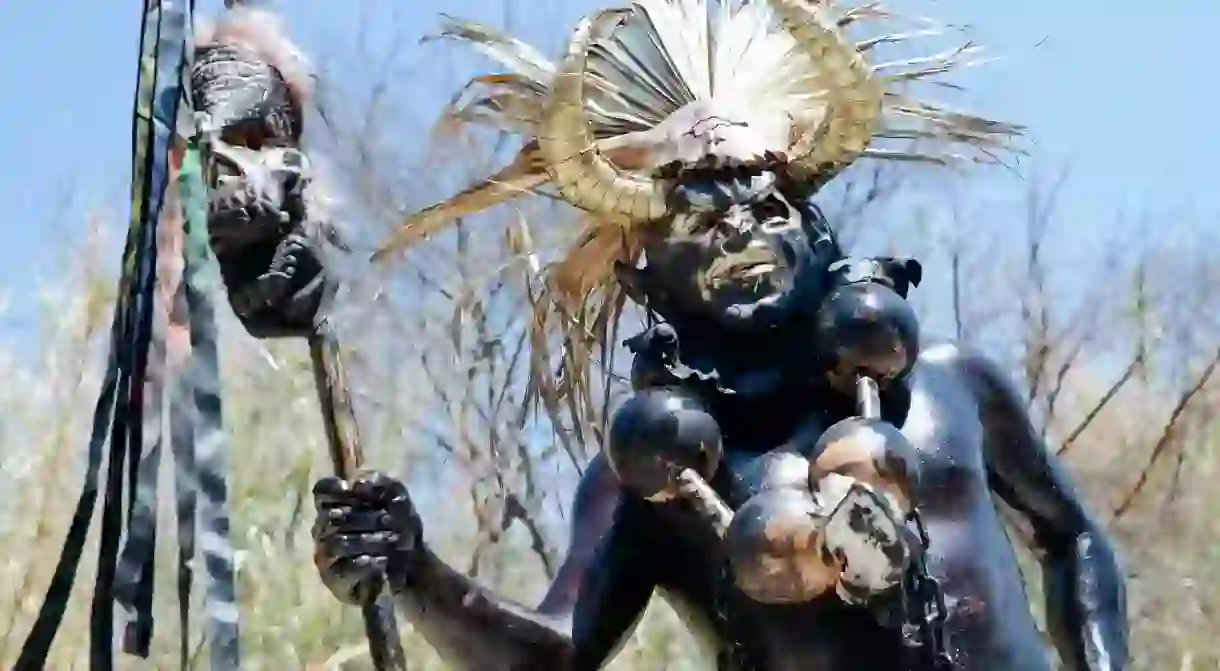The Devils of San Martin de Tilcajete: One of Mexico's Most Iconic Carnivals

Each year, in the days leading up to Lent in the Oaxacan town of San Martin de Tilcajete, one of Mexico’s most iconic carnivals is held. The town is known for its artistry in creating alebrijes, wooden carvings that depict a pantheon of creatures, both real and magical, that are meticulously painted in electric colors. These are a signature craft of Mexico’s south, but the carnival is also a deep and important part of the local heritage.

The town’s party starts on the day before Ash Wednesday, the symbolic beginning of a time of repentance for Catholics – 40 days to think about your sinful ways and make sacrifices – and the celebration of spring, the rebirth of vegetation, and fertility for pagans.

The tradition of this town’s carnival has existed for generations, with boys as young as eight and men as old as 60 participating in the ritual of dressing up like devils and carousing around the town looking to scare the other residents. The revelers paint themselves with cooking oil mixed with black paint or charcoal, and wrap strings of cow bells around their waists.



They aren’t easy to miss as they jiggle down the streets, scaring their neighbors and trying to smear their blackened hands on other peoples’ faces and arms. The Catholic explanation of this ritual is that they represent the days leading up to Christ’s death, and his persecution by the Jews. A particular game is also played between young men and young women, a kind of flirtatious mating ritual timed to coincide with the coming of spring.



In generations past, men would wear old clothing, a mask with horns, and a tail to represent the devil. These days, fully painted faces and bodies play a more important role. Young men paint their faces white, red, or black and decorate them to look as eerie as possible. Often, the devils don special hand-carved wooden masks in an extension of the town’s artisan tradition.



The masks are painted with wild colors and are attached with a strip of cloth tied around the head. The men carry instruments and scepters made of feathers and carved images and dance through the streets from early in the morning until late at night. Tourists are welcome, but only the residents of Tilcajete are allowed to participate in the devil’s work.



As in many carnivals across the world, there are a king and queen of the festivities, only this time they dress as a bride and groom who celebrate a parody wedding in which most of the guests in the wedding party are cross-dressing – including the bride and groom. Breakfast and lunch are organized by the town’s mayor and other authorities, and the dancing, celebrating, and fireworks last long into the night.
















